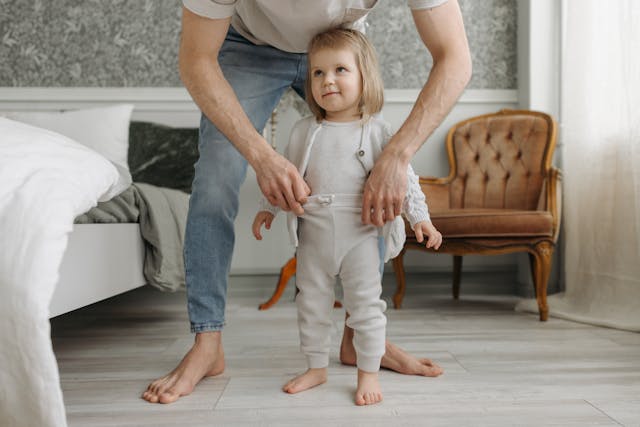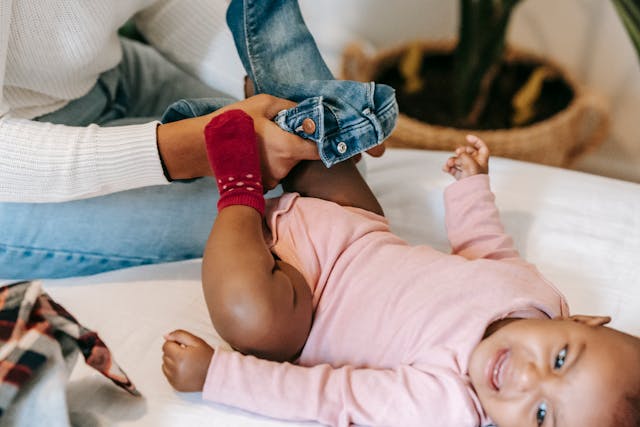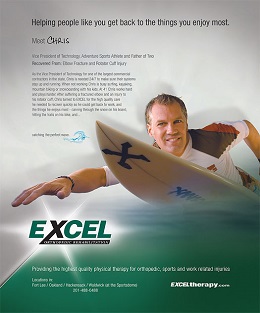Toddlers are in constant motion. They’re crawling, climbing, dancing, or tumbling. Every step of growth brings new ways to move and explore. Clothing isn’t just about keeping them warm or stylish it directly affects how easily they interact with their world. A shirt that rides up or pants that slip down can interrupt those early milestones. That’s why sizing matters. It plays a daily role in how a child learns, plays, and stays safe. Knowing what to consider when buying clothes for toddlers from fit and fabric to function helps ensure each outfit supports their active lifestyle.
Comfort First
Comfort is the foundation of any toddler outfit. Tight seams or stiff fabric can distract or irritate. Loose collars or too-long sleeves can get in the way. A proper fit should feel soft against the skin without being too snug. The right size also reduces the need for constant readjustment. When toddlers feel at ease in their clothes, they can focus on what matters most moving, exploring, and learning with freedom.
Movement Made Easy
Clothing should never be a barrier to movement. Toddlers need to bend, twist, stretch, and sit without restriction. Clothes that are too small can limit the range of motion. Clothes that are too large may tangle underfoot or catch on furniture. Fit should allow for active play while staying in place. It’s also important to check how outfits hold up during motion. Watch your toddler walk, jump, or reach. If they’re tugging at their shirt or tripping over their pants, it may be time to size up or switch styles.

Safety Through the Right Size
Safety often starts with something as simple as clothing. Pants that drag on the ground can cause falls. Sleeves that are too long may dip into food or catch on handles. A secure, close fit without being tight helps reduce these risks. Shoes also play a vital role. Toddlers need shoes that match their foot shape and allow natural movement. Sizing should always be checked frequently, as feet grow fast and unnoticed discomfort can lead to poor walking habits.
Adjust as They Grow
Toddlers grow quickly, sometimes outpacing clothes in just a few weeks. It’s tempting to buy bigger sizes to extend wear time, but that can lead to issues with safety and mobility. Instead, check clothing fit regularly. Look for signs like tight cuffs, exposed ankles, or difficulty lifting arms. Some brands offer sizing designed to adapt as toddlers grow, with features like stretch waistbands or extra length. These can be helpful without compromising movement or comfort.
Choose the Right Fabrics
Fit and fabric go hand in hand. Even the correct size won’t feel right if the fabric is too rough, thick, or stiff. Look for materials that breathe, stretch, and move easily. Cotton blends and soft knits are toddler-friendly choices. Clothes should allow skin to breathe and accommodate active movement without causing chafing or overheating.
Build Confidence Through Dress
Dressing is part of a toddler’s independence. Clothes that are easy to pull on or off give them control over part of their day. It builds confidence. Elastic waists, wide neck openings, and minimal buttons or snaps help support self-dressing skills. When clothing fits right, toddlers are more likely to try dressing themselves and stay involved. This simple act encourages self-reliance and pride in their abilities. That confidence translates into how they approach other tasks, too.
In Conclusion
Proper sizing isn’t just about numbers on a tag. It’s about how clothes support comfort, safety, and freedom for your active toddler. Each day brings new growth and new needs, and clothing should match that pace. Thoughtful choices in size and fit make all the difference. With the utmost care, parents can select outfits that keep little ones secure, comfortable, and ready to explore. In the end, it’s not just about clothes it’s about how those clothes help a child move through the world with joy and ease.


